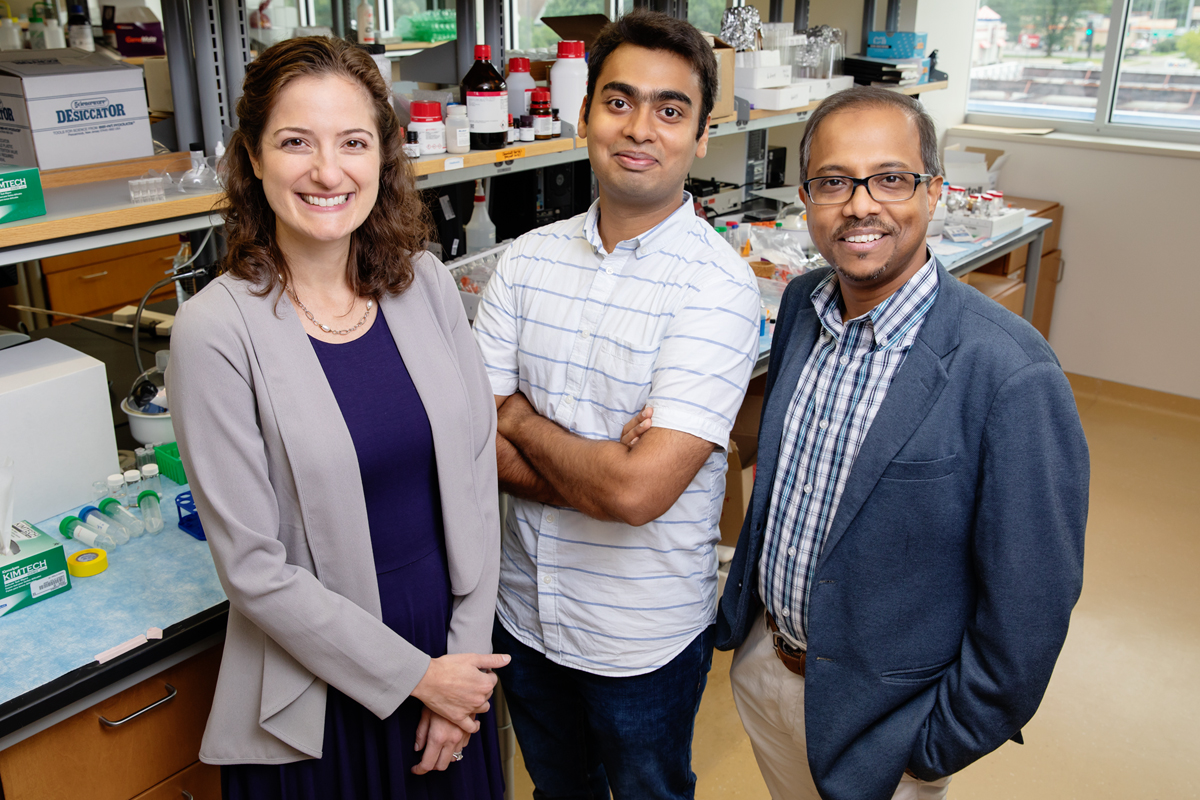 |
| (c) UIUC |
University of Illinois researchers developed a gel laden with gold nanoparticles that changes color when it reacts with a teardrop containing ascorbic acid, released from a wound to the eye. In a new study published in the journal Biosensors and Bioelectronics, the researchers used the sensor, called OjoGel, to measure ascorbic acid levels in artificial tears and in clinical samples of fluid from patients’ eyes.
Dipanjan Pan, a University of Illinois professor of bioengineering and the Carle Illinois College of Medicine and his group collaborated with Dr. Leanne Labriola, an ophthalmologist at Carle Foundation Hospital in Urbana, to develop OjoGel.
“OjoGel technology may allow for faster identification of serious eye injuries,” Labriola said. “With a rapid point-of-care device such as this, anyone in an emergency department could perform a test and know within minutes if the patient needs urgent surgery to save their vision.”
Previous work by the group found that ascorbic acid concentration in tears is a good measure for determining extent of injury to the eye. Ascorbic acid, also known as vitamin C, is found in high concentrations in the aqueous humor, but normally has very low concentration in tears.
As per the researchers, OjoGel offers a unique biosensing technique that provides an effective and simple method for testing ascorbic acid in a point-of-care delivery system.
A tiny teardrop is all that’s needed to cause a color-change reaction in the OjoGel. The extent of the color change correlates to the concentration of ascorbic acid in the tear sample, shifting from pale yellow to a dark reddish-brown as the concentration increases.
The researchers did extensive testing to determine the concentrations associated with each degree of color change. They developed a color key and guidelines for using a mobile phone app, Pixel Picker, to precisely measure the concentration indicated by a reacted gel sample.
Next, the researchers plan to continue refining OjoGel technology in hopes of producing a low-cost, easy-to-use clinical device. They also will perform clinical studies to determine whether OjoGel readings reliably evaluate eye damage.
The National Science Foundation, the American Heart Association and Carle Foundation Hospital supported this work.
Source
Please read the disclaimer here.
No comments:
Post a Comment